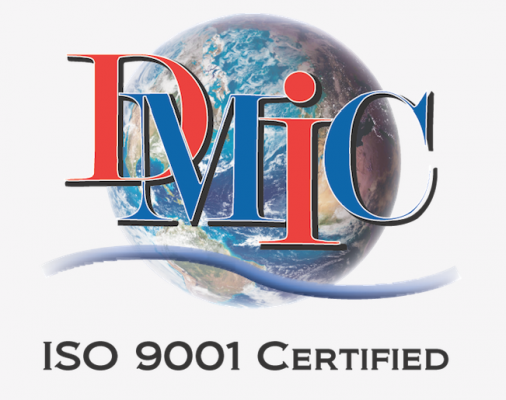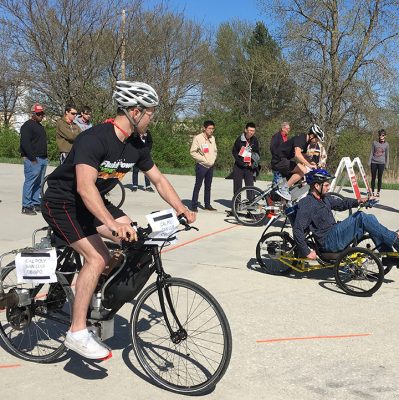Powering a New Level of Independence in Human Motion Control

Indego® exoskeleton is a powered lower limb orthotic device developed by The Human Motion and Control Business Unit of Parker Hannifin, with clinical partners The Shepherd Center, Kessler Foundation, Rehabilitation Institute of Chicago (RIC), and Craig Hospital. The device enables people with spinal cord injuries to walk and participate in over-ground gait training, and offers people with impaired mobility a new level of independence. Designed for personal use, but currently being researched in clinical settings, Indego offers a range of features that make it unique as a therapy tool for a variety of impairments.
The design consists of five snap-together components and weighs only 26 pounds fully assembled. The hip component houses a rechargeable battery pack, while each upper leg component houses two motors, as well as embedded sensors and controllers. A Bluetooth LE radio allows communications between the device and an iPhone or iPod Touch through the custom iOS application. This application allows users and clinicians to adjust device settings and to view session progress wirelessly. The device is designed to be easy and intuitive to use.
The therapy kit comes in three devices, which increases productivity in a clinic. More steps per session can be achieved with less physical exertion on the part of the therapist compared to traditional gait training. Thanks to the device’s variable assist functionality, clinicians can challenge their patients, make adjustments to suit their patient’s individual needs, and maximize patient’s recovery potential. Various gait parameters can be adjusted in real-time to enable a psychological gait pattern and goal-based motor skills training. This gait therapy tool allows for unprecedented training variability on various surfaces.
Unique features allow for a seamless transition from use in the clinical setting to rehabilitation at home or in the community, and ultimately for use as a personal mobility device. It comes in three sizes (small, medium, and large) with interchangeable sections, making it suitable for a range of users.
Indego has received FDA clearance and CE Mark, allowing it to be sold commercially in the United States and Europe. It has also earned a UL Mark, which was obtained through extensive testing to certify the high standards of system design, function, and safety.
In October 2015, Parker announced that it would supply Indego devices for a four-year U.S. Department of Defense-funded study of the tangible economic and rehabilitation benefits of exoskeletons at three of the nation’s top rehabilitation centers, including the James Haley Veteran’s Hospital in Tampa, the first VA center in the country to use Indego.
The device received a Gold Award at the 2016 Medical Design Excellence Awards (MDEA) in the Rehabilitation and Assistive Device category. The MDEA Juror Panel presented the award based on design and engineering innovation, function and user-related innovation, patient benefits, business benefits, and overall benefit to the healthcare system.







